Canada can achieve both its goals to triple its renewable energy capacity by 2030 and to protect 30% of the planet’s land and water by the same year, a case study of Canada by the International Energy Agency (IEA) found.
The IEA and Natural Resources Canada developed the Renewable Energy and Land-Use Model (REALM), which identifies areas of overlap between renewable energy projects, critical mineral mining and conservation priorities.
Canada was among nearly 200 countries that set a target at the United Nations Climate Change Conference in 2023 to triple renewable energy capacity by 2030. An assessment by the IEA found that doing so requires allocating up to an additional 600,000 km² of land, which is about the size of France.
At the same time, IEA also estimates that demand for key energy-transition minerals, such as cobalt, copper, graphite, lithium, nickel and rare-earth elements, is projected to increase at least fivefold by 2030, requiring more land for mining and processing these minerals.
However, according to the Kunming-Montreal Global Biodiversity Framework, protecting 30% of the world’s land by 2030 will require an additional 20 million km² of land, which is slightly larger than the size of South America.
(See also: U.S. sees a 22% drop in land available for solar sites)
REALM compiles 15 global geospatial datasets covering the resource distribution for solar, wind and mineral deposits with datasets on biodiversity and other land-use designations. The tool aims to help resolve competition between various land uses by helping inform various actors, such as renewable energy developers, and governments and utilities looking to pre-screen areas that align with land-use objectives and then auction them to developers. IEA and Natural Resources Canada designed the model to be applicable in regions around the world.
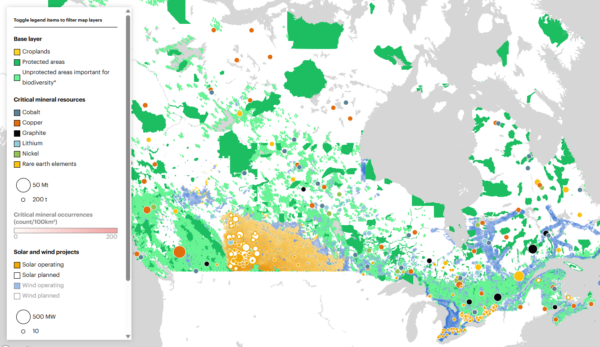
The amount of land renewables and critical-mineral mining need to meet Canada’s net zero goal by 2050 is small relative to the total resource potential, according to the IEA.
Canada will need over 50 GW of solar and nearly 80 GW of wind to meet its net-zero goal, IEA said. Together, these will require up to 15 000 km2 of land, an area that is only 1% of the country’s land that is suitable and economical for utility-scale wind and solar development.
Concurrently, to meet its 30% by 2030 conservation goal, around 1 million km² of the land protected would not overlap with Canada’s best wind, solar or mineral resources. This can be achieved by prioritizing currently unprotected lands that are most important for global biodiversity, the case study said.
“However, without directing new solar and wind projects away from biodiversity hotspots, new development could conflict with biodiversity conservation efforts,” IEA said.
According to the case study, over 25% of the top-tier solar and wind resources in Canada overlap with unprotected areas that are important for global biodiversity conservation. Additionally, 40% of solar and onshore wind power capacity that are currently under development have the same overlap.
“Proactive measures, such as environmental pre-screening or designating renewable development zones away from biodiversity hotspots, can redirect future development with minimal impacts on project costs and feasibility,” IEA said.
The case study also noted the competition for land between solar projects and agriculture in Canada in recent years, with croplands overlapping with half of the country’s top solar resources. To help reduce this direct-use conflict, IEA and Natural Resources Canada recommended co-locating wind and solar together or alongside agriculture, as well as incentivizing brownfield development.
(See also: Three ways to implement solar and renewables to reduce land use & Harnessing the power of agrivoltaics: the future of sustainable land use)
IEA and Natural Resources Canada also found that over 30% of Canada’s known critical mineral occurrences, which are areas “indicative of potential resources,” do not intersect with top biodiversity lands. “These occurrences, if explored, could uncover new resources that fall beyond the most biodiverse areas,” IEA said.
“Upfront planning to avoid the most biodiverse areas tends to be the most effective and least expensive way to reduce potential negative impacts and create a more coherent network of protected areas,” IEA said.
This content is protected by copyright and may not be reused. If you want to cooperate with us and would like to reuse some of our content, please contact: editors@pv-magazine.com.
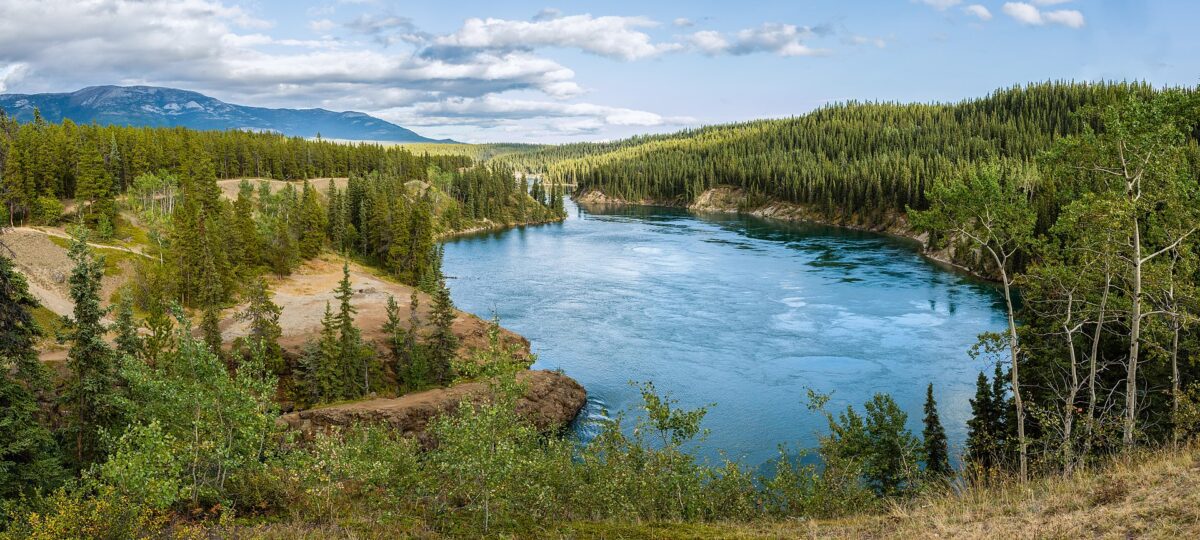




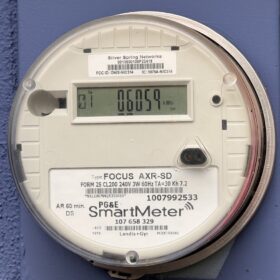
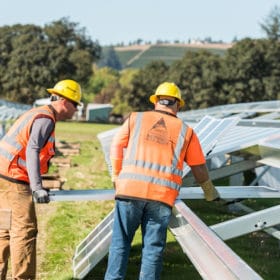
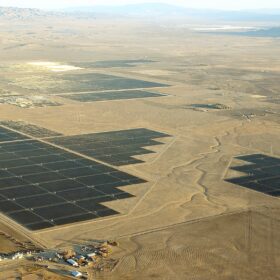

By submitting this form you agree to pv magazine using your data for the purposes of publishing your comment.
Your personal data will only be disclosed or otherwise transmitted to third parties for the purposes of spam filtering or if this is necessary for technical maintenance of the website. Any other transfer to third parties will not take place unless this is justified on the basis of applicable data protection regulations or if pv magazine is legally obliged to do so.
You may revoke this consent at any time with effect for the future, in which case your personal data will be deleted immediately. Otherwise, your data will be deleted if pv magazine has processed your request or the purpose of data storage is fulfilled.
Further information on data privacy can be found in our Data Protection Policy.